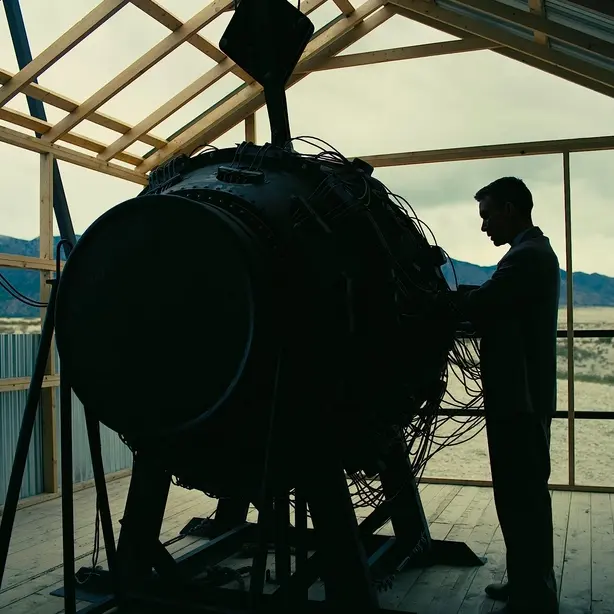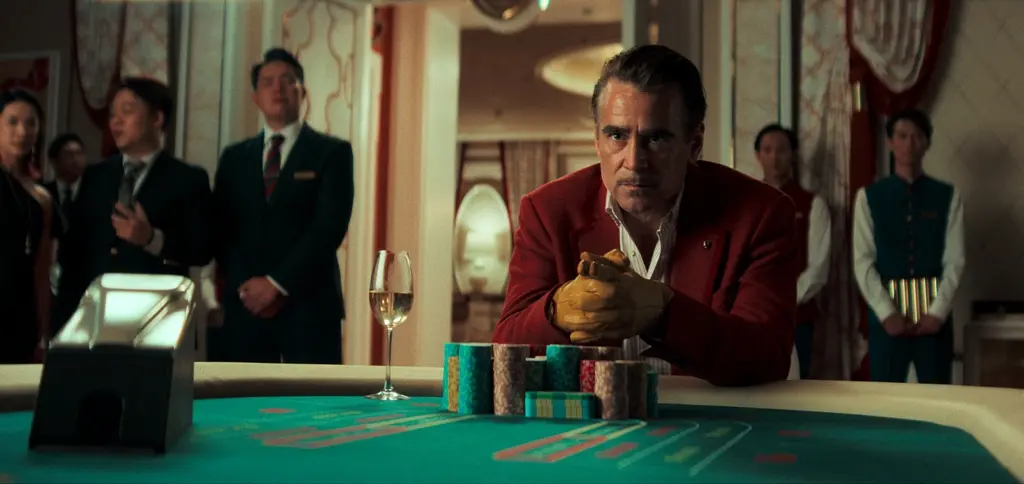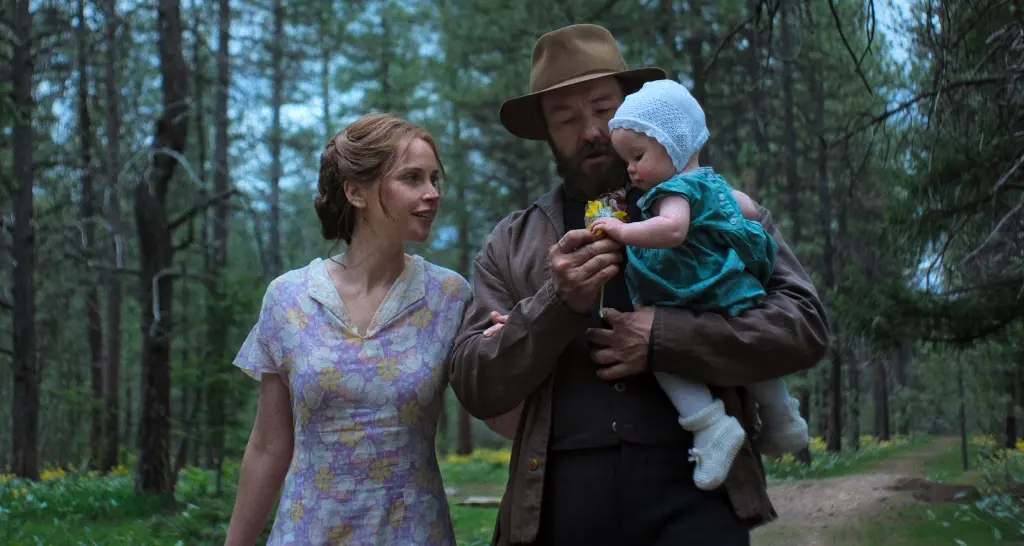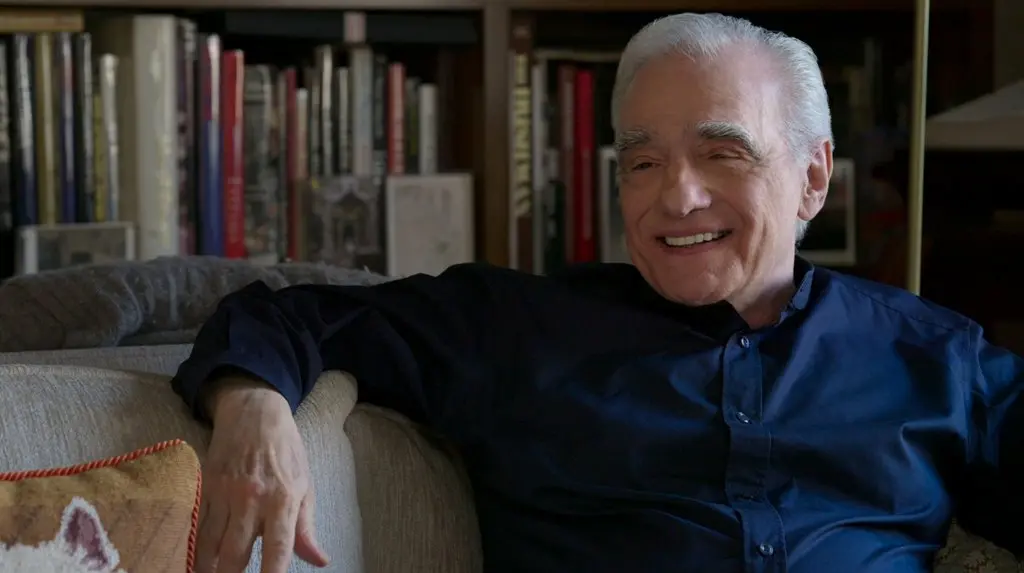Starting in 1912 with the founding of Universal and Paramount and lasting a little over a century, the movies made by the Big 5 Hollywood studios thoroughly dominated the motion picture industry.
Up to 85 percent of all features released in the United States during this time were produced by these studios. In addition to Universal and Paramount, the Big 5 include Columbia (founded in 1918), Disney and Warner Bros. (both founded in 1923).






